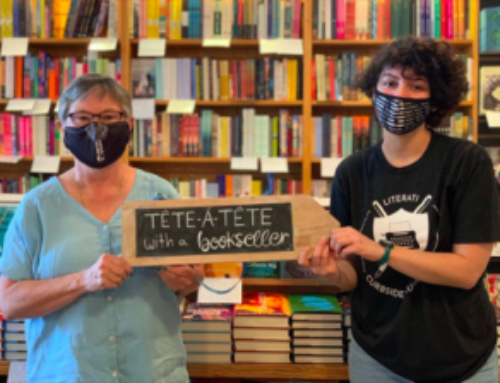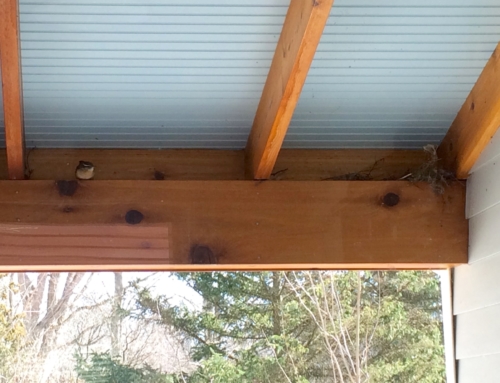(Friday I got to talk with the Saugatuck Woman's Club. What a great group of wise women. This post is for all of you.)
I've finally plunged into a lovely book I picked up at the Elliott Bay Book Company in May: The Anthropology of Turquoise by the late artist-naturalist Ellen Meloy. Her smart, sassy essay, "The Flora and Fauna of Las Vegas" is one of my favorites to read with Environmental Studies undergraduates. Most memorably, she describes poking around under a restaurant table in search of flora and fauna, and the weirdness of being inside Hoover Dam.
Here's what Meloy writes near the beginning of The Anthropology of Turquoise, "Homo sapiens gangs up 70 percent of its sense receptors solely for vision [wow!], to anticipate danger and recognize reward, but also–more so–for beauty. We have eyes refined by the evolution of predation." Now that's food for thought in our screen-obsessed world. I know that when I'm in the woods, my rock'n roll-compromised hearing is much more acute than when I'm somewhere crowded with human-made sounds–and so is my sight.
I notice the tiny brown bird among the brown leaves high in a brown tree that's surrounded by other brown trees, their spent leaves blowing in the wind and ready to drop. And since it's quite unlikely that human beings ever dined on songbirds with less than an ounce of meat on them, perhaps it is at least partly my instinct to look for beauty that draws my eye.
Then right on the same page, Meloy writes, "How does vision, this tyrant of the senses, draw someone to a piece of earth? What do the eyes rest upon–mind disengaged, heart not–that combines senses and affection with homeland." And I'm hooked.









Leave A Comment